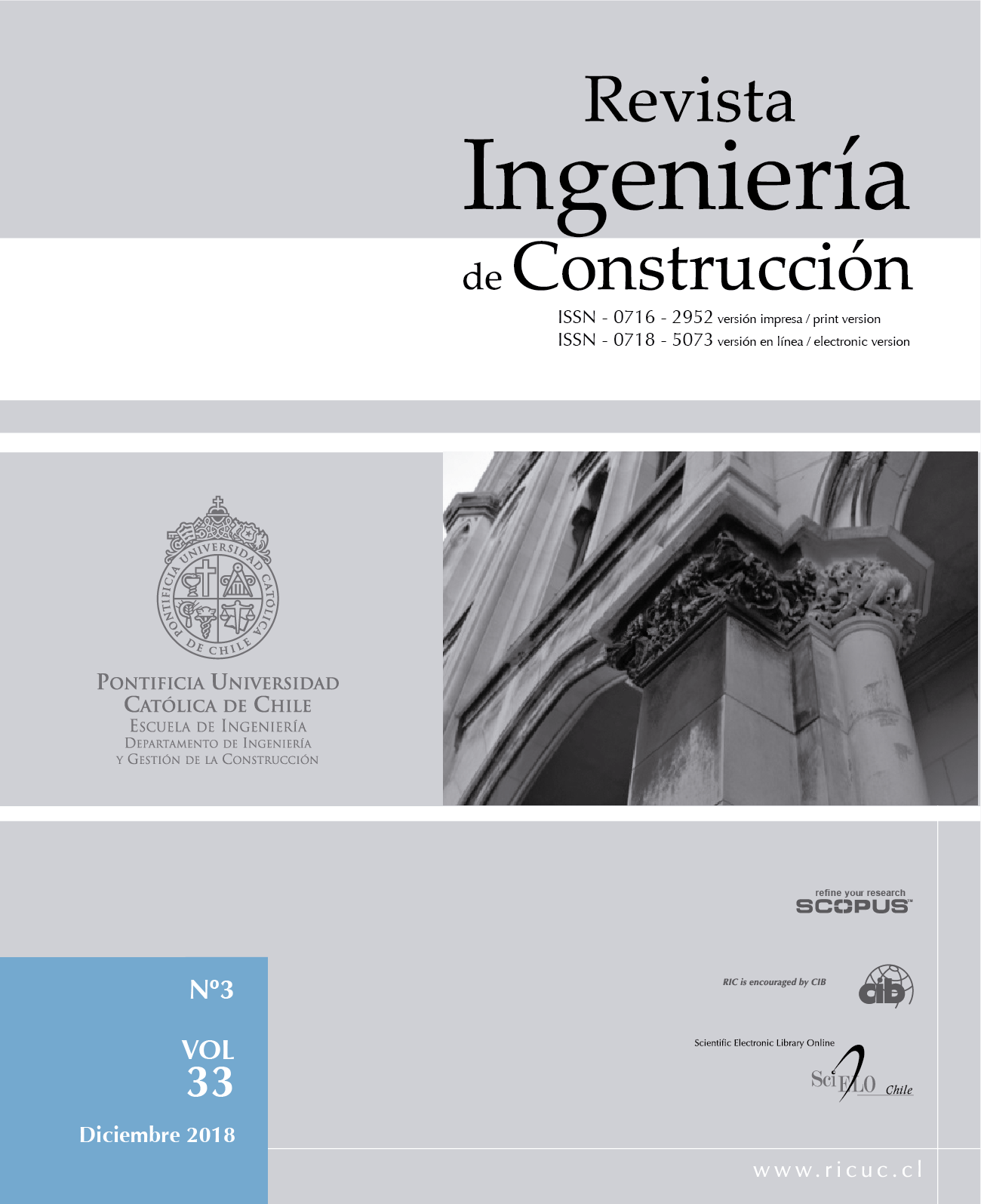Acoustic analysis of the Padre Werner Unisinos auditorium
DOI:
https://doi.org/10.4067/S0718-50732018000300291Keywords:
Room Acoustics, auditorium, computational acoustic simulation, constructive solutionsAbstract
The acoustic quality in enclosed spaces is defined by the constructive characteristics of the environment, which must be designed to increase the propagation of the sound. Therefore, the sound message to be transmitted, whether spoken, song or by music instruments, can be intelligibly captured by the listeners. Among the main characteristics that influence the sound behavior in rooms are its dimensions, its geometric shape and the finishing materials applied on their internal surfaces. Each room has different acoustic requirements, directly related to the purpose for which it is intended. Therefore, the professional responsible for the design and construction of these environments should analyze and recognize the needs of each case. In this way, the present case study presents the evaluation of the acoustic quality of a multiple use auditorium, at Unisinos Campus, in São Leopoldo, southern Brazil. Acoustic measurements were performed to calculate the Reverberation Time (T30) and the Early Decay Time (EDT) of the room. Afterwards, the modelling of the auditorium in the acoustic simulation software CATT-Acoustics was carried out, allowing the estimation of other objective acoustic parameters such as the Speech Transmission Index (STI), Definition (D50) and Clarity (C80). The results obtained through measurements and acoustic simulations show that the auditorium has satisfactory acoustic quality for speech, but it is not so suitable for receiving musical presentations. The model generated in the software also made it possible to simulate constructive solutions aiming to improve the acoustic quality of the room.


